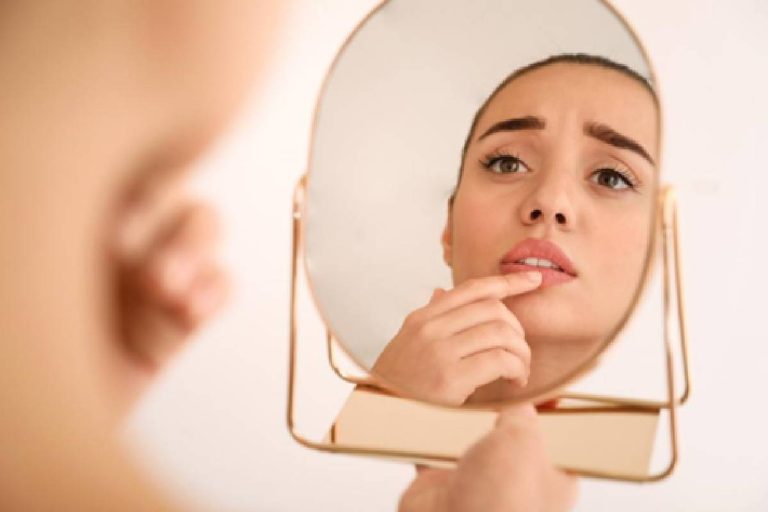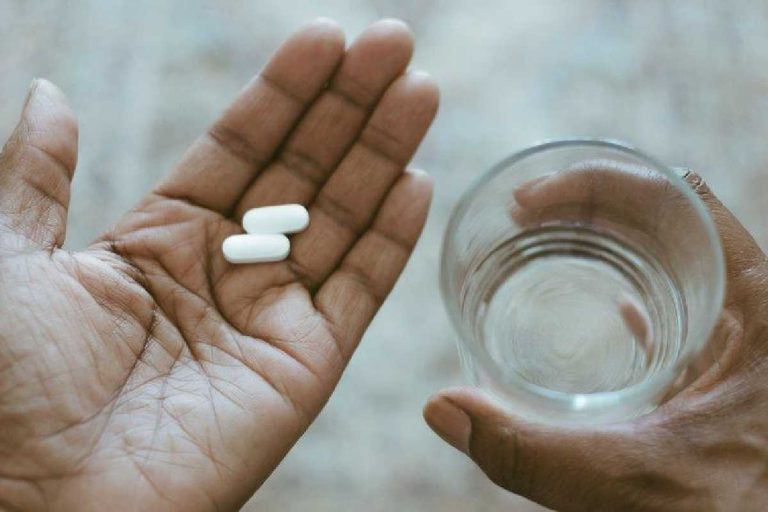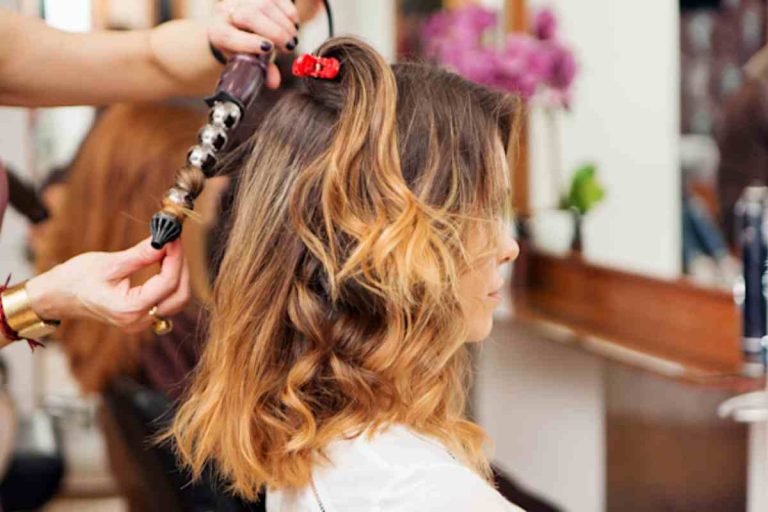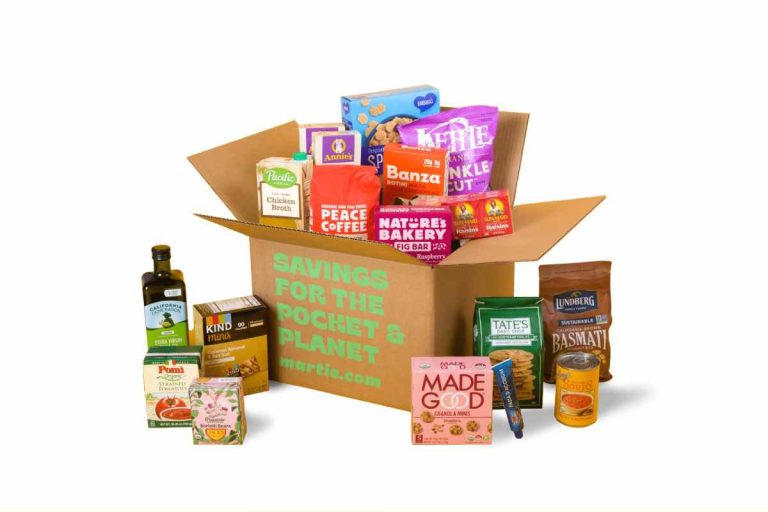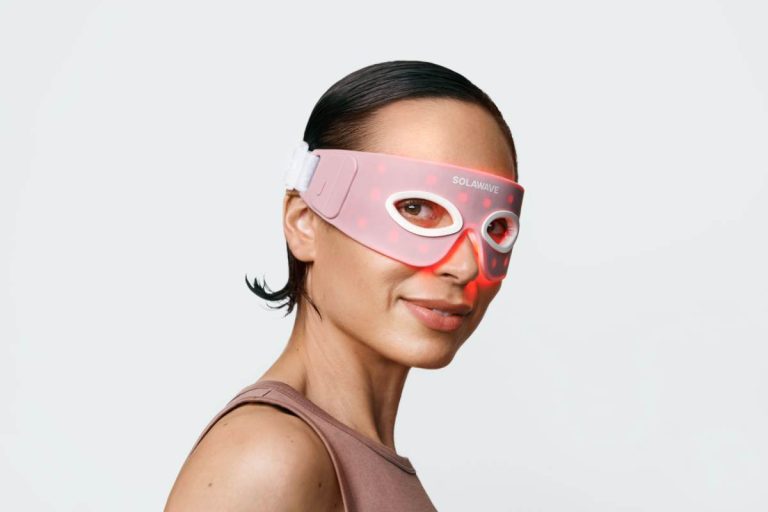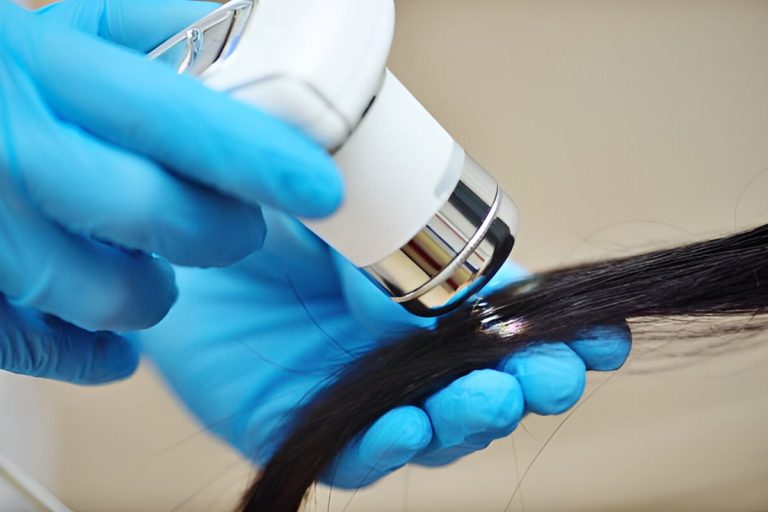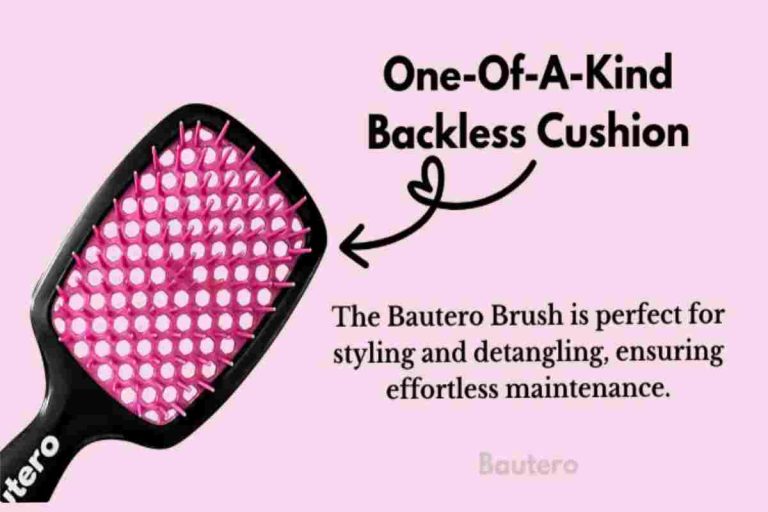We’ve all been there. That tight, uncomfortable feeling when your lips are so dry they crack and peel, no matter how much you lick them or swipe on balm. It’s not just annoying—it can be painful. While cold, windy weather and dry indoor heat are famous for causing chapped lips, they’re not the only villains. The truth is, lip chapping (what doctors call cheilitis simplex) is a year-round battle for many people.
But here’s the good news: painful, flaky lips are almost always preventable. You don’t need a cabinet full of products, just a few smart habits. This guide will walk you through the real reasons your lips get chapped and give you five simple, effective ways to keep them soft and smooth—all season long.
Table of Contents
Why Are My Lips Always Chapped? (It’s Not Just the Weather)
To fix the problem, it helps to know what causes it. Your lips are different from the rest of your skin. They have no oil glands to produce protective sebum, and their outer layer is much thinner. This makes them super sensitive and quick to lose moisture.
Common causes of chapped lips include:
-
Weather & Environment: Cold air, wind, and low humidity (both outdoors and from indoor heating/AC) suck moisture right out.
-
Lip Licking: It feels like relief, but as your saliva evaporates, it takes even more moisture with it, making dryness worse.
-
Dehydration: If your body is low on water, your lips will be one of the first places to show it.
-
Sun Exposure: Yes, your lips can get sunburned! UV damage dries them out and can cause long-term issues.
-
Harsh Ingredients: Some lip balms, toothpastes, and makeup contain ingredients like menthol, camphor, alcohol, or fragrances that can irritate and dry out sensitive lip skin.
-
Breathing Through Your Mouth: Whether from a stuffy nose or habit, this blows a constant stream of dry air over your lips.
Now that you know the enemies, let’s talk about your defense plan.
5 Foolproof Ways to Avoid Chapped Lips
1. Hydrate From the Inside Out
This is the most important step you can take. If your body is dehydrated, no lip balm in the world will be enough. Drinking plenty of water throughout the day helps maintain your skin’s overall moisture levels, which includes your lips.
Try this: Keep a water bottle at your desk or in your bag. Aim for the general guideline of about 8 glasses a day, but listen to your body—more if you’re active or it’s hot. Eating water-rich fruits and vegetables (like cucumber, watermelon, and oranges) also helps.
2. Become a Lip Balm Expert (and Use It Right)
Not all lip balms are created equal. Your goal is to find one that moisturizes and protects.
-
Look for these ingredients: Hyaluronic acid, shea butter, cocoa butter, coconut oil, beeswax, ceramides, and petrolatum (petroleum jelly). These are humectants (draw in moisture) and occlusives (seal it in).
-
Avoid these ingredients: Menthol, camphor, phenol, and artificial fragrances or flavors. They can create a temporary tingly “cooling” feeling but actually irritate and dry your lips over time.
-
Apply consistently: Don’t wait until your lips are cracked. Apply balm first thing in the morning, before bed, and throughout the day, especially after eating or drinking.
Pro Tip: For intense overnight repair, apply a thick layer of a simple, healing ointment like pure petroleum jelly before you sleep. You’ll wake up to noticeably softer lips.
3. Exfoliate Gently—Once a Week
When dead skin cells build up, they can make lips look flaky and prevent moisturizers from soaking in. A gentle exfoliation removes this barrier.
How to make a simple DIY lip scrub:
-
Mix 1 teaspoon of sugar (brown or white) or fine coffee grounds with 1/2 teaspoon of honey or coconut oil.
-
Gently massage the mixture onto your lips in small circles for about 30 seconds.
-
Wipe or rinse it off with warm water.
-
Immediately follow up with your nourishing lip balm to lock in moisture.
Important: Only do this 1-2 times per week at most. Over-exfoliating will damage your delicate lip skin.
4. Always Protect from the Sun
Your lips are susceptible to sun damage, which causes drying, peeling, and dark spots.
Make it a habit: Use a lip balm with SPF 30 or higher every single day, even when it’s cloudy. Reapply it every two hours if you’re outside. Look for terms like “broad-spectrum” on the label to ensure it protects against both UVA and UVB rays.
5. Break the Lip-Licking and Picking Habits
This is the toughest but most crucial step. Licking your lips provides seconds of relief followed by hours of worse dryness. Picking or biting at flakes can lead to bleeding, sores, and even infection.
How to stop:
-
Keep your lips busy: Chew sugar-free gum or sip on water.
-
Make balm your best friend: The moment you feel the urge to lick, apply your hydrating balm instead.
-
Be mindful: Notice when you’re doing it (often while stressed or focused) and consciously put your hands down.
Product Spotlight: What to Look For (and Avoid)
To make your search easier, here’s a quick guide to choosing the right products:
For Daily Hydration & Tint:
A good lip tint can be a lifesaver. It adds a flush of color while moisturizing. Look for hydrating formulas with oils and butters. Avoid matte, long-wear tints when your lips are already dry, as they can be drying.
For a Fuller Look & Care:
If you love a glossy look, a lip plumper gloss can be a great choice. However, always check the ingredient list. Avoid plumpers that rely solely on irritating ingredients like cinnamon or pepper for a tingle. Instead, look for plumping effects from hydrating heroes like peptides and hyaluronic acid, which swell the lips with moisture, not irritation. A non-sticky formula is key for comfort.
The Golden Rule: Whether it’s a balm, gloss, or scrub, your lip products should soothe and moisturize first. The color and plump are wonderful bonuses.
Your Simple Lip Care Routine
-
Morning: Apply an SPF lip balm after brushing your teeth.
-
Throughout the Day: Reapply your hydrating balm after meals or every few hours.
-
Once a Week: Gently exfoliate in the evening, followed by a thick layer of balm.
-
Night: Slather on a rich, healing lip mask or ointment before bed.
For those seeking clean, nourishing lip care products, you can explore the natural, handcrafted options available on Deyga’s official website. Choosing products with simple, plant-based ingredients is a great way to pamper your lips without harsh chemicals.
The Bottom Line
Chapped lips don’t have to be your normal. By understanding what causes the dryness and committing to a few consistent habits—drinking water, using the right balm, wearing SPF, and resisting the lick—you can break the cycle.
Remember, healthy lips are comfortable lips. Start with one tip today, and get ready to smile (comfortably) all year long.

